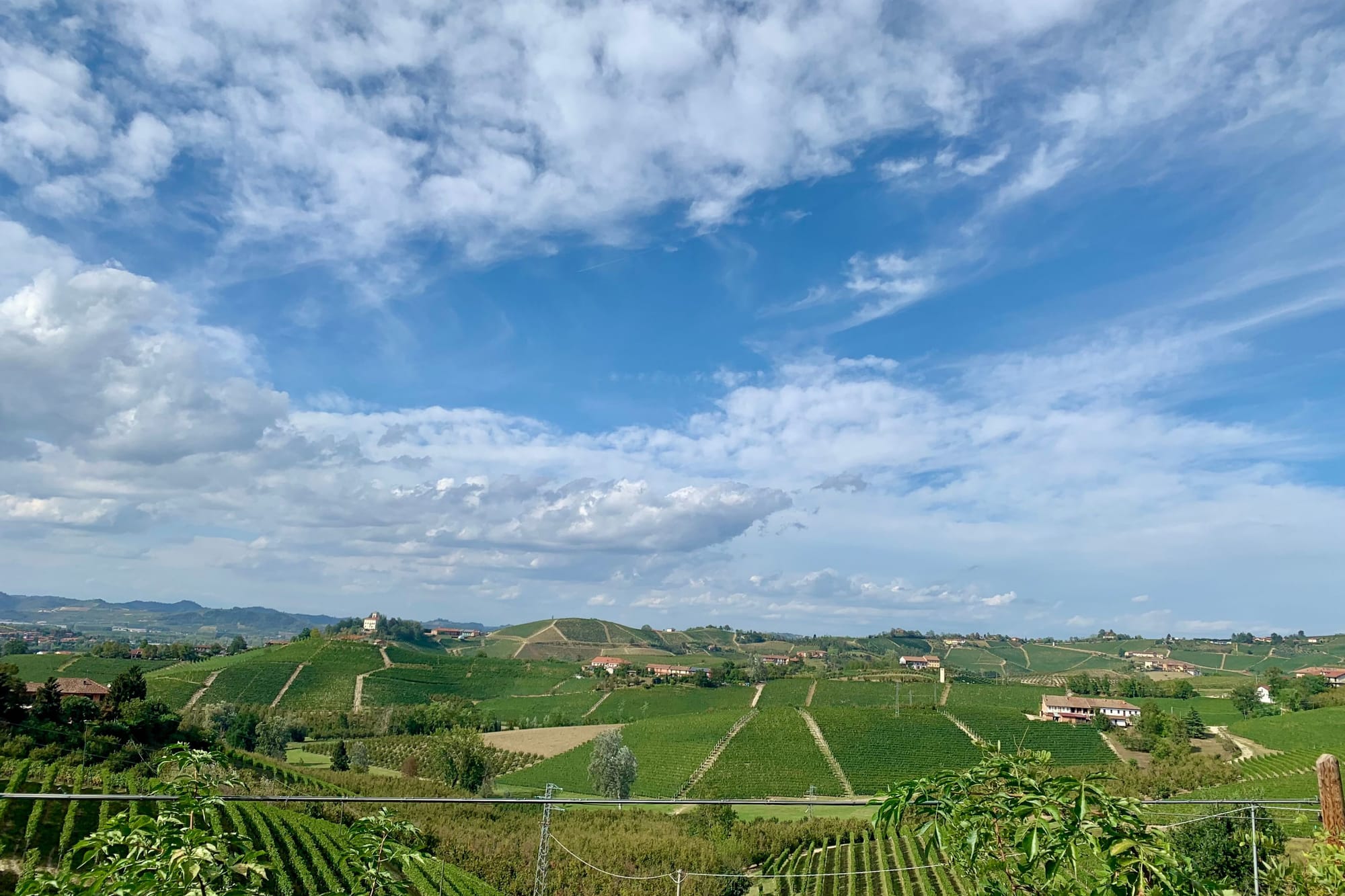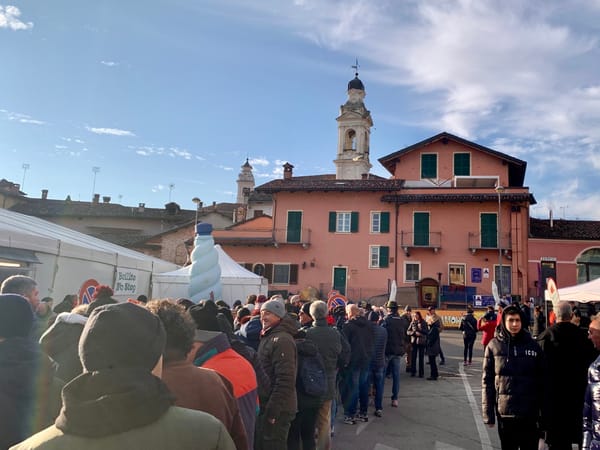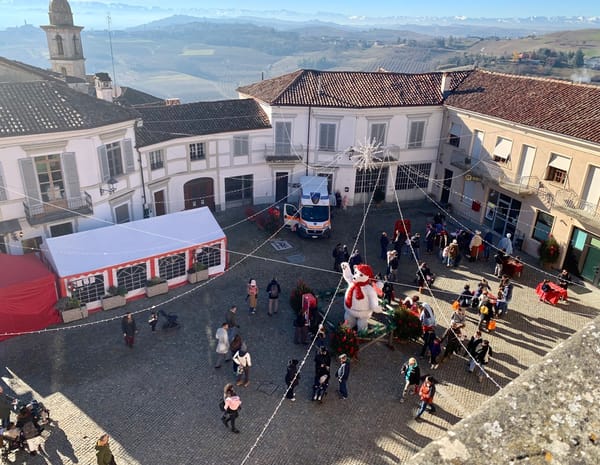How to Get to Piedmont, Italy
It's all part of the adventure.
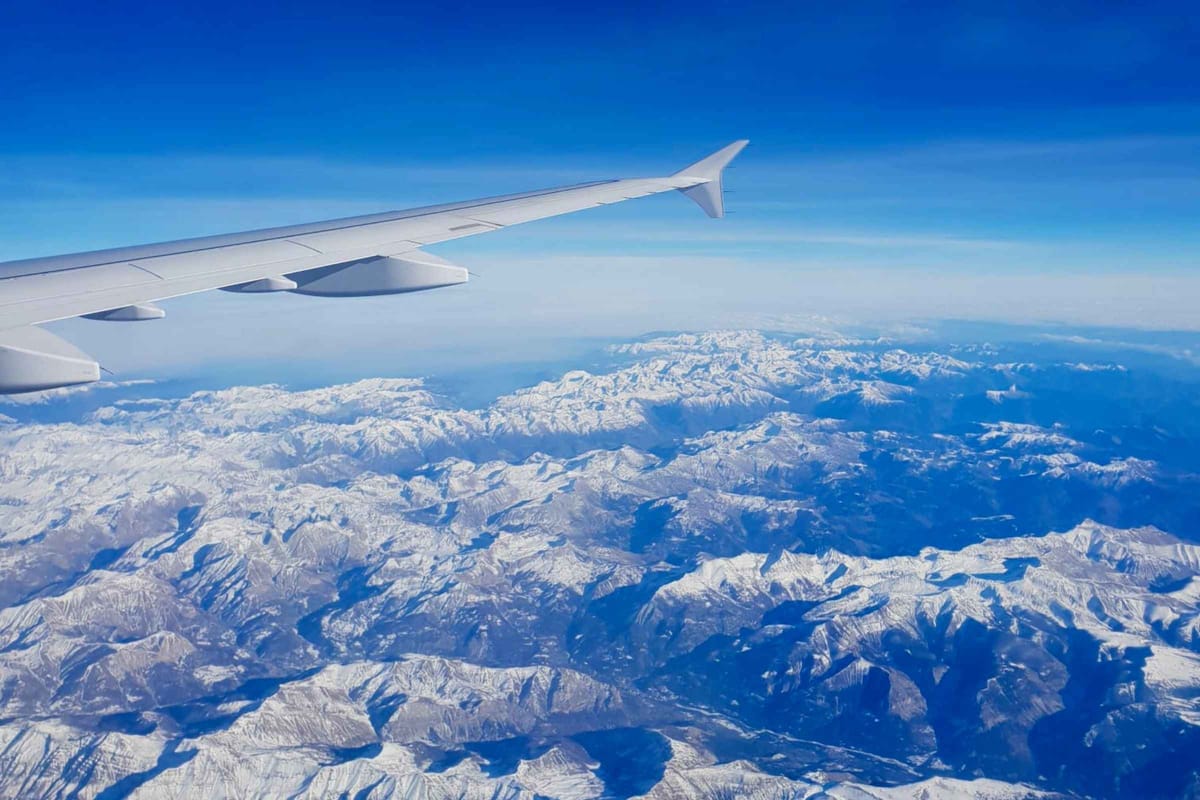
Getting to Piedmont, Italy: At a Glance
- Air: Turin‑Caselle (TRN), Milan Malpensa (MXP), Linate (LIN), Genoa (GOA)
- Train: From Milan (2–2.5 hrs), Rome (4.5–5 hrs), Geneva/Zurich
- Car: from Milan (1.5–2 hrs), Genoa (2.5 hrs), Nice (3–3.5 hrs)
Whether you’re flying over the Alps, taking a high-speed train, or driving along the stunning Ligurian coast, getting to Piedmont is all part of the magic.
Reachable from major European cities, most routes pass through Turin, Milan, or Geneva.
Here’s how to get there by air, train, bus, and road.
What Airport Do You Fly into for Piedmont, Italy?
The main airport for the region is Turin-Caselle (TRN), about 16 km north of Turin.
It’s well-connected to European hubs (London, Paris, Frankfurt, Munich, Amsterdam, Madrid), and has seasonal flights to other destinations.
How to Get from Turin Airport to Turin City Centre
Getting from Caselle Airport into Turin is straightforward, with options to suit everyone.
- By bus: Two companies, Arriva Italia and Flibco, run frequent services linking the airport with central Turin. Journeys take 30–50 minutes, and fares start from €3.70 if booked online.
- By train: The new SFMA line whisks you to Porta Susa station in around 30 minutes for just €3.70—a quick and affordable way to arrive in the heart of the city.
- By taxi or Uber: For the most direct route, taxis and Ubers charge a fixed fare of €28–32, with travel times of about 30–40 minutes depending on traffic.
How to Get from Milan Airport to Turin
For long-haul flights, you’ll often arrive via Milan Malpensa (MXP) or Milan Linate (LIN).
From Malpensa (MXP):
- By train: Malpensa Express to Milan Porta Garibaldi (40 min, €15) + high-speed train to Turin Porta Susa/Nuova (2–2.5 hrs, €19–€61).
- By bus: Direct coaches via Flibco (€22) or FlixBus (€15), 1.5–2 hrs.
- By car: Turin is about 140 km from Milan Malpensa (1 hr 45 minutes).
From Linate (LIN):
- By train: Metro M4 "blue line" (€5, 30 min) or the Linate shuttle bus (€7, 25 min) to Milan Centrale, then a train to Turin. High-speed trains <1 hr (~€70), slower trains ~1h40min (~€25).
- By car: Milan Linate is about 160 km from Turin (2-2.5 hrs)
Other Airports
Genoa (GOA) can be useful if you’re combining Piedmont with the Ligurian coast. Bergamo (BGY) mostly serves budget airlines and is a longer onward journey.
How to Get to Piedmont, Italy by Train
Taking the train to Piedmont can be a romantic, leisurely way to travel. Turin is well-connected throughout Europe thanks to its location on international high-speed routes and regional lines that fan out across the region.
How to Get to Turin by Train
- Paris → Turin: High-speed TGV INOUI (SNCF) and Frecciarossa (TrenItalia), ~5h 40min direct. TGV: 3/day, Frecciarossa: 5/day. Fares from €27 in advance.
- Milan → Turin: Frequent Frecciarossa & Italo trains, 2–2.5 hrs. Fares €19–61. Serves Porta Susa & Porta Nuova.
- Rome → Turin: Trains throughout the day, 4.5–5 hrs. Hourly departures (first 06:00, last 19:00). Fares from €55. Arrives Porta Nuova.
- Florence → Turin: High-speed trains via Milan & Bologna, ~3 hrs. 53 departures/day (first 06:53, last 20:00). Fares €33–118.
- Geneva → Turin: SNCF Connect: 4/day; TrenItalia: 4–5/day. 5–5.5 hrs with change at Chambéry. Fares from €116 with Omio or €72 with RailEurope.
- Zurich → Turin: TrenItalia, 4.5–5 hrs via Milan Centrale, 37 departures/day. Fares €23–99 (Omio/RailEurope).
How to Get to Piedmont, Italy by Car
Piedmont is well connected by Italy’s autostrade network, making it an easy region to reach by car. Major motorways include the A4 (Milan–Turin), A21 (Turin–Asti–Alessandria–Piacenza), and A6 (Turin–Savona).
Driving from Milan to Turin takes around 1.5–2 hours (150 km), from Genoa 2.5 hours (200 km), and from Nice 3—3.5 hours.
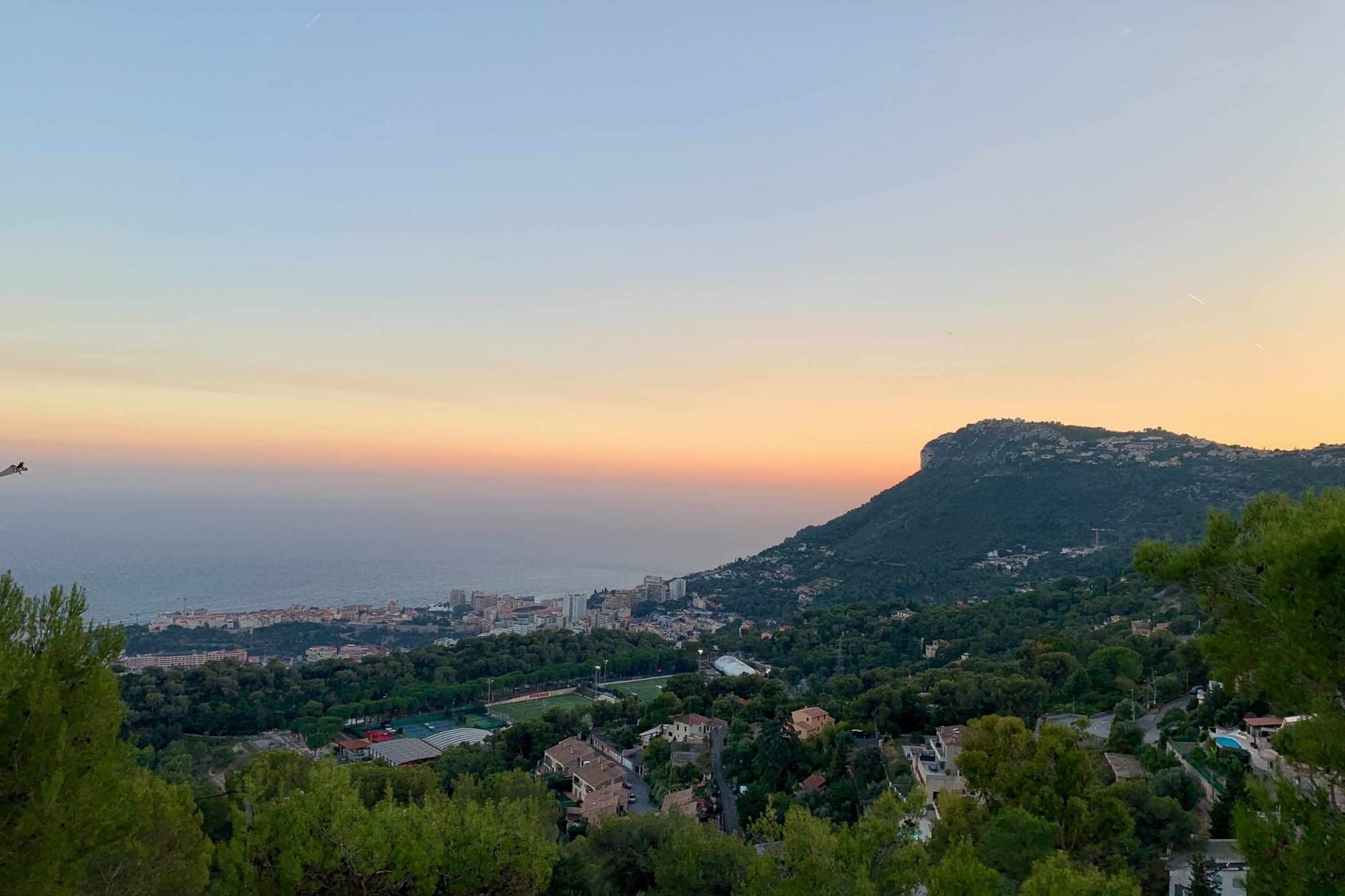
Be aware that Piedmontese motorways are notoriously bad (think tunnels, narrow lanes, and looping, twisting flyovers through the mountains) and are almost always under maintenance, so journeys can take longer than you might expect.
If you’re coming from northern or central France, the quickest crossings are through the Mont Blanc Tunnel (towards Aosta and Courmayeur) or the Fréjus Tunnel (towards Susa and Turin).
From southern France, enter Italy at Ventimiglia on the Ligurian coast, then follow the A10/A6 motorway north via Savona into Piedmont. This avoids the Alpine passes and lets you enjoy sea views before heading inland.
From Switzerland, you can enter via the Simplon Pass into Domodossola, or through Ticino and down the A9/A26 via Lake Maggiore.
In rural and mountainous areas, expect winding roads and occasional narrow stretches. In winter, snow chains or winter tyres are mandatory in Alpine zones.
Seasonal and Practical Planning
Travel times and transport options vary by season. In spring and autumn, schedules are regular and the weather makes travel easy.
Autumn is particularly popular in the wine hills thanks to the harvest and the Alba truffle fair, so book trains, cars, and accommodation well ahead.
In winter, Turin’s airport has additional flights to cater for ski travellers, and trains/buses to the mountains are more frequent. Be prepared for snow if driving into alpine areas.
In summer, flights and trains are plentiful, but the lower parts of Piedmont can be very hot. The mountains are more pleasant at this time of year, and resorts that are busy in winter become peaceful hiking bases.
Can't decide which part of Piedmont to visit first? Check out this Piedmont highlights infographic.


